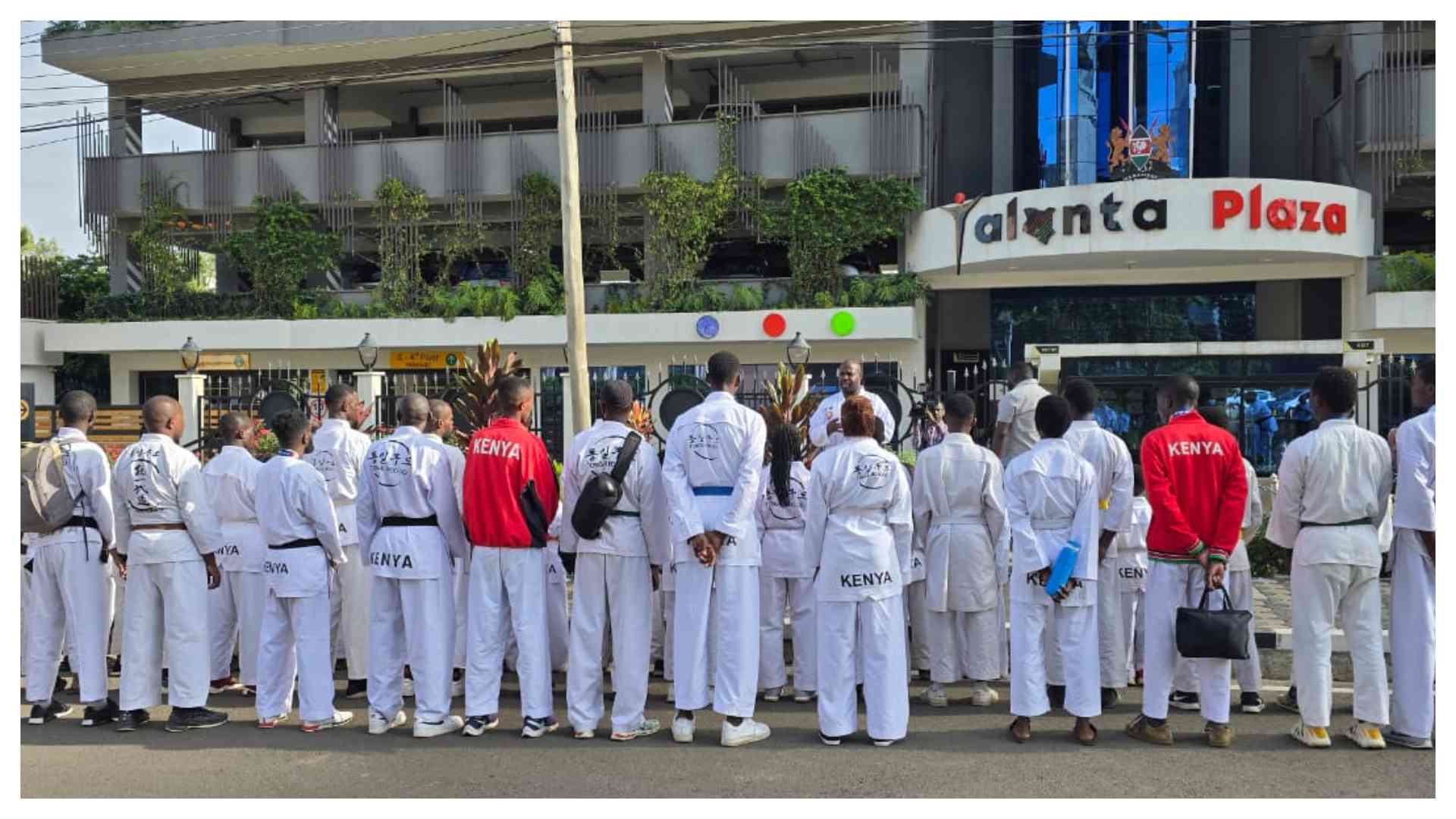 |
|
Some of Kenya’s art has travelled the globe and amazed people for its beauty and uniqueness. (Photo:Courtesy) |
By Beatrice Wamuyu
Kenya: With 42 communities, Kenya is rich in cultures and traditional art. Some of that art has travelled the globe and awed the people for its beauty and uniqueness.
Take the case of the kiondo and the kikoi. The kiondo, a hand-woven bag that is weaved by the Kamba and Kikuyu, fascinated early travellers to our borders. They were made with sisal fibre, often dyed with different colours.
Today, designs inspired by the kiondo and kikoi have graced catwalks and fashion shows around the world. New designs have since emerged and are made with modern materials such as plastic and paper.
There was uproar in the early 2000s when news emerged that the kiondo had been patented in Japan. It was claimed that Kenyans could no longer export the bags to that country as they were copyrighted. Patent and copyright laws prohibit copying of protected designs.
However, the Kenya Industrial Property Institute said searches in copyright and trademark databases in Japan revealed no such registration. Officials said the kiondo is viewed as traditional knowledge owned by communities and there existed no mechanism to protect them.
Further, they said the kiondo could no longer be patented in any country as it had exceeded the 20-year period during which any individual can be granted exclusivity to a name or product. After that, it is released to the public. Even then, common words that are used by the public cannot be patented.
Many women groups have since started exporting their kiondo designs to many countries, where they are said to earn handsome rewards.
The kikoi has become something of an identity in Kenya and Tanzania. It is popular with tourists going on safaris, who also buy it as gifts to take back home. The kikoi is thought to have been inspired by clothing worn by early Arab travelers to the coast, who wore loose clothing due to the warm climate along the shores of the Indian Ocean.
Other traditional art and designs that have travelled the world include ornaments worn on the legs, neck or the ears. Among the most popular are bead necklaces and earrings made by indigenous communities including the Maasai and the Samburu, as well as house designs like makuti (thatch) roofing and music.
 The Standard Group Plc is a
multi-media organization with investments in media platforms spanning newspaper
print operations, television, radio broadcasting, digital and online services. The
Standard Group is recognized as a leading multi-media house in Kenya with a key
influence in matters of national and international interest.
The Standard Group Plc is a
multi-media organization with investments in media platforms spanning newspaper
print operations, television, radio broadcasting, digital and online services. The
Standard Group is recognized as a leading multi-media house in Kenya with a key
influence in matters of national and international interest.
 The Standard Group Plc is a
multi-media organization with investments in media platforms spanning newspaper
print operations, television, radio broadcasting, digital and online services. The
Standard Group is recognized as a leading multi-media house in Kenya with a key
influence in matters of national and international interest.
The Standard Group Plc is a
multi-media organization with investments in media platforms spanning newspaper
print operations, television, radio broadcasting, digital and online services. The
Standard Group is recognized as a leading multi-media house in Kenya with a key
influence in matters of national and international interest.










